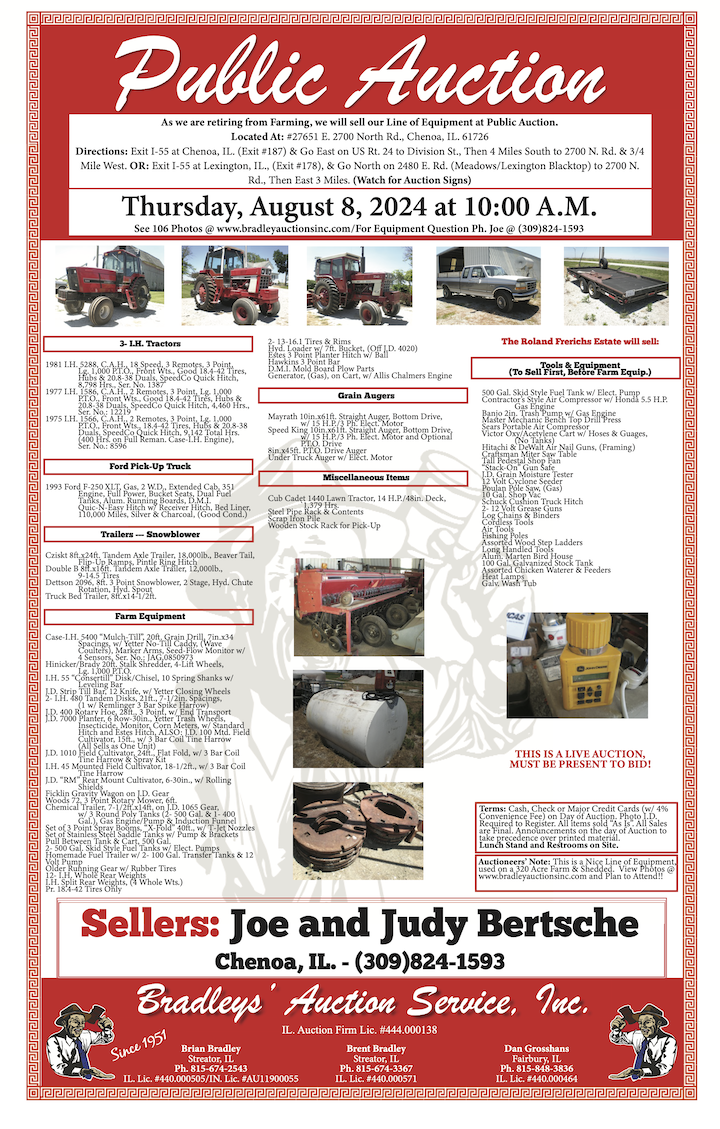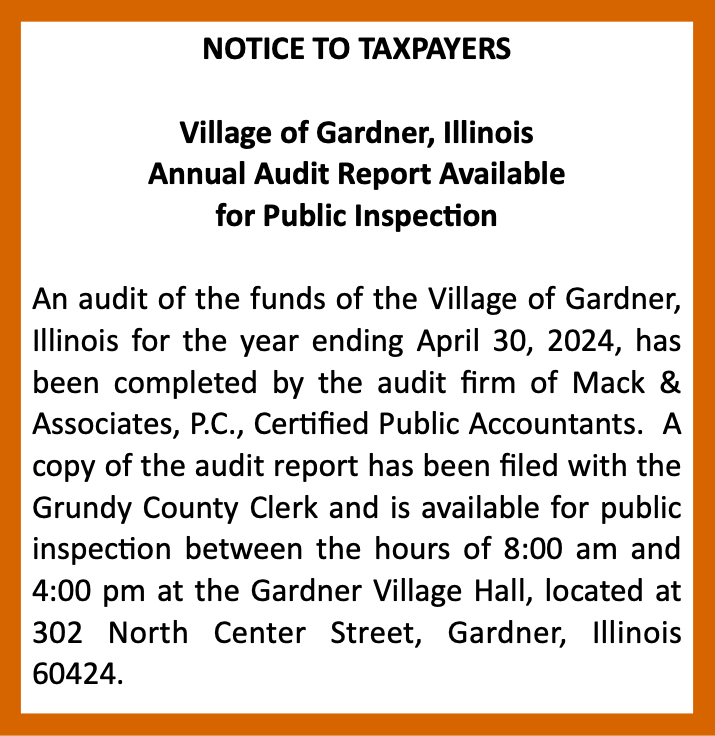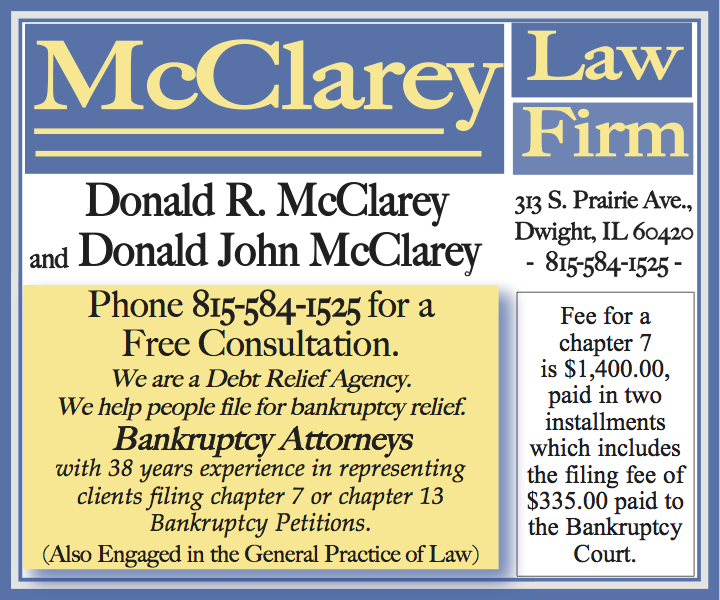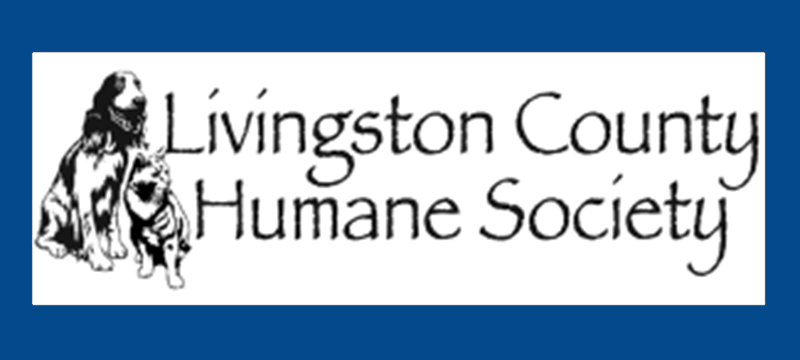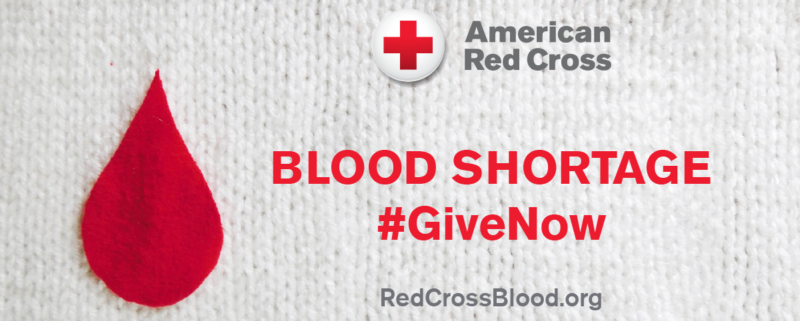By HANNAH SPANGLER
FarmWeek
 What was once just a weed shows potential for extreme power as a cash crop in the Midwest.
What was once just a weed shows potential for extreme power as a cash crop in the Midwest.
On May 23, Western Illinois University’s field day in Macomb brought attendees into the weeds of more than 10 years of research. Win Phippen, professor of plant breeding and genetics at WIU, led the day, welcoming farmers, fellow researchers, industry partners and students.
The event aimed to showcase the winter annual crop, field pennycress, to local producers while emphasizing the groundbreaking research behind this innovation.
Commercialized field pennycress by CoverCress Inc. (CCI), named CoverCress, expands the usefulness of pennycress beyond the wild black seed and golden varieties.
“Black seed pennycress is a weed and it persists year after year,” Phippen said. He further explained that golden pennycress came from changing one gene on the wild variety. The seed coat is thinner, allowing it to germinate faster and keeping it from taking over. Phippen added, “Our industrial partner, CCI, has added some other tricks and is building these new commercial varieties.”
 CoverCress shares qualities with canola, particularly in terms of oil and feedstock quality. However, the Integrated Pennycress Research Enabling Farm and Energy Resilience team has evidence that CoverCress is even better than canola. The crop requires minimal inputs for planting and fertilization.
CoverCress shares qualities with canola, particularly in terms of oil and feedstock quality. However, the Integrated Pennycress Research Enabling Farm and Energy Resilience team has evidence that CoverCress is even better than canola. The crop requires minimal inputs for planting and fertilization.
Plus, CoverCress matures much earlier than canola, allowing farmers to plant a full season crop after harvest. The target plant date for CoverCress is the beginning of October so the crop can be in the ground throughout the winter and be out of the field as soon as possible.
**Editor’s Note: If you find the story here of value, consider clicking one of the Google ads embedded in the story. It costs you nothing but Google will give the website owner a few cents. This is a way to help support local news at no cost to the reader.
“The most critical step in all of pennycress is get out of the field as quickly as possible,” Phippen said. “If I delay planting of soybeans as the next crop into June, farmers are not going to have anything to do with it.”
According to CCI, gene editing and breeding has helped pennycress become a rotational cash crop that fits into a corn and soybean rotation. Breeding the once weed for proper, uniform genetics has been a series of trial and error if you ask Kevin Cook, CCI vice-president of breeding.
“We throw out roughly 90% of what is grown every year but just everything that looks positive we take another look at the following year,” he told FarmWeek.
Still, Cook said processes such as a gene editing and discovery program that tests hypotheses, allow scientists to be more direct in some aspects of their research. He added the ability to use the floral dip method to efficiently transform the crop makes pennycress a great candidate for gene editing.
Beyond showing the science behind creating new pennycress varieties, industry experts also shared the environmental aspects the crop can offer farms. CCI reports CoverCress provides cover crop benefits and contributes to reduced greenhouse gas emissions.
Cook said CoverCress is a way for CCI to help farmers get more use out of their land while preserving it for the next generation. He hopes the crop can enter the sustainable aviation fuel market in the future providing even more opportunities for Midwest farmers.
“The whole story is pretty cool,” Cook said of the pennycress phenomenon. “From weed to a crop in 10 years.”
This story was distributed through a cooperative project between Illinois Farm Bureau and the Illinois Press Association. For more food and farming news, visit FarmWeekNow.com.
**Editor’s Note: If you find the story here of value, consider clicking one of the Google ads embedded in the story. It costs you nothing but Google will give the website owner a few cents. This is a way to help support local news at no cost to the reader.





























